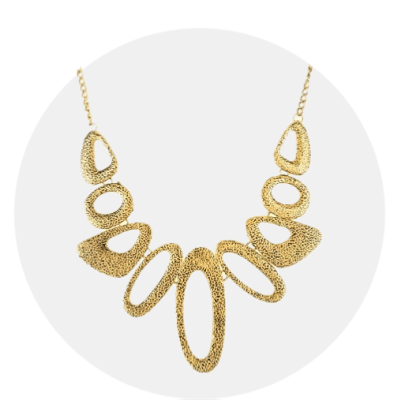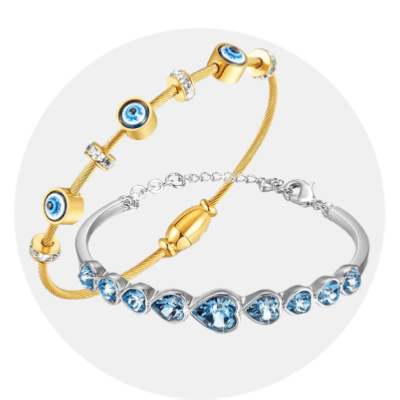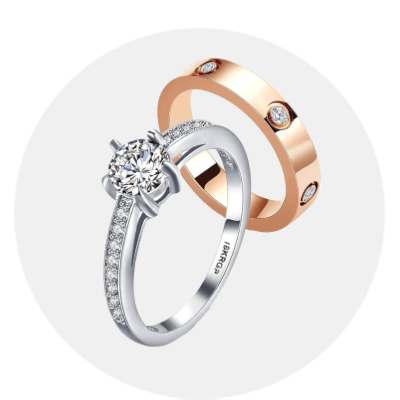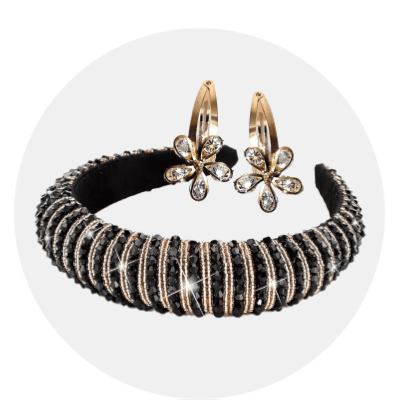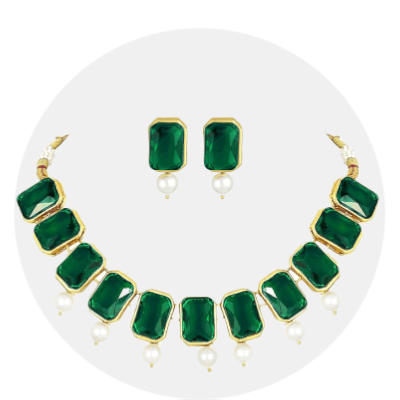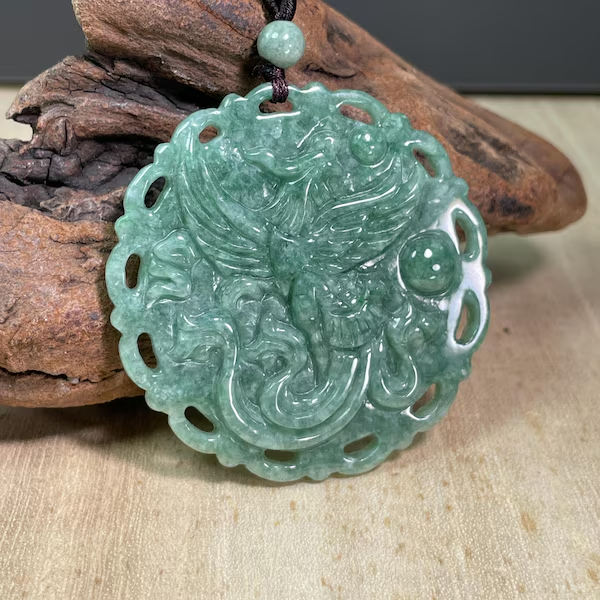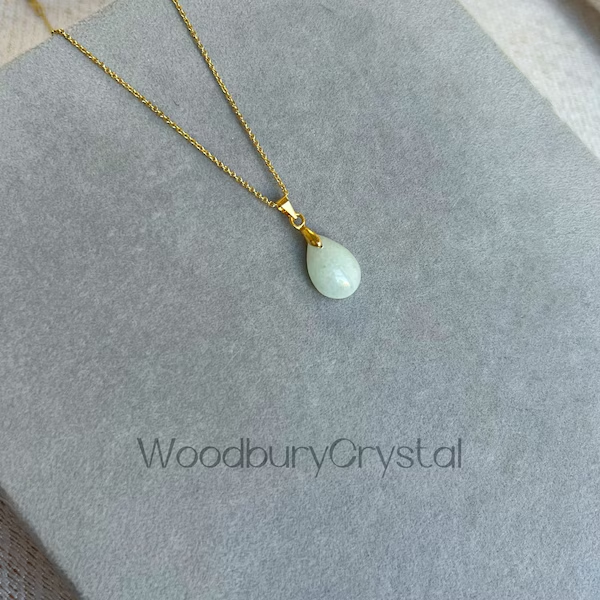Exploring the Strength, Scratch Resistance, and Quality of Real Jade
1. Mohs Hardness Range
Jade is renowned for its toughness and durability, which is largely defined by its position on the Mohs scale of hardness. Typically, jade falls between 6 and 7 on the scale, making it harder than many other gemstones and natural stones.
This scale measures the ability of a mineral to resist scratching, so a jade stone scoring 6–7 means it can withstand significant wear without damage. The higher end of this range is usually associated with jadeite, the rarer and more precious form, while nephrite often sits slightly lower on the scale. By adhering to this standard, Real Jade ensures that every piece is tested against recognized hardness criteria, offering buyers genuine, resilient gemstones that maintain their beauty over time.
2. Durability
One of the most important qualities of jade is its exceptional durability, which makes it a preferred choice for fine jewelry, ornamental carvings, and heirloom pieces. A higher hardness rating ensures that jade resists scratches, chips, and abrasions from everyday handling.
This durability is not just about toughness; it also means that the stone retains its polished luster and smooth texture even after years of use. Real Jade emphasizes durability in its selection process, confirming that each jadeite or nephrite piece can endure the rigors of regular wear without compromising its appearance or structural integrity, making it a long-lasting investment for collectors and enthusiasts alike.
3. Type Differences
The two primary types of jade—jadeite and nephrite—exhibit slightly different hardness levels, which affects their overall value, texture, and suitability for certain designs. Jadeite, which is rarer and more valuable, typically scores between 6.5 and 7 on the Mohs scale, making it harder and slightly more resistant to scratches than nephrite. Nephrite, which is more commonly available, falls in the range of 6 to 6.5. While both types are highly durable, understanding these subtle differences is crucial for collectors and buyers. Real Jade carefully evaluates these hardness distinctions during testing, ensuring that each stone is correctly categorized and certified, allowing clients to make informed choices about the type and quality of jade they are purchasing.
4. Scratch Resistance
A key indicator of authentic jade is its scratch resistance, which allows it to maintain a smooth, unblemished surface even with frequent handling. Unlike imitations made of glass, resin, or softer minerals, real jade cannot be easily scratched by metals or other gemstones below its hardness level. This property is particularly important for jewelry that will be worn daily, such as rings, bracelets, and pendants. Real Jade conducts thorough scratch tests using industry-standard techniques to confirm that each piece exhibits the natural hardness expected of genuine jade, providing buyers with confidence that their gemstone is both authentic and long-lasting.
5. Testing & Verification
To ensure authenticity and durability, Real Jade employs a rigorous process of jade durability testing and professional hardness verification. This process includes assessing the stone’s resistance to scratching, examining its texture and density, and using specialized tools to measure Mohs hardness accurately. By performing these checks, Real Jade guarantees that every piece of jade, whether jadeite or nephrite, meets international standards for hardness and quality. This meticulous testing process not only protects buyers from counterfeit or inferior stones but also upholds the reputation of Real Jade as a trusted source for genuine, high-quality jade products.
6. Importance for Collectors
Understanding the hardness scale of jade is essential for collectors, investors, and enthusiasts who want to ensure that their purchase is both authentic and durable. Knowledge of jade’s Mohs rating helps buyers identify genuine stones, assess quality, and make informed investment decisions. Collectors who appreciate the nuances between jadeite and nephrite can use hardness as a benchmark for rarity and long-term value. Real Jade provides detailed certification and guidance to help clients understand these properties, making the buying process transparent and educating enthusiasts on how to recognize and preserve high-quality jade.
7. Impact on Carving & Design
The hardness of jade directly influences how the stone can be carved, shaped, and polished. Stones with higher hardness, like jadeite, allow for intricate designs, fine details, and complex patterns, while still maintaining structural stability. Nephrite, being slightly softer, is more forgiving during carving but still durable enough for elaborate jewelry and decorative objects. Real Jade works with skilled artisans who understand the specific hardness of each type, ensuring that carvings, jewelry, and ornamental pieces achieve both aesthetic beauty and long-lasting durability. By respecting the natural hardness scale, Real Jade delivers masterpieces that combine artistry with the inherent toughness of genuine jade.
What is the hardness of real jade?
Real jade includes two main types: jadeite and nephrite. On the Mohs scale of mineral hardness, jadeite typically ranges from 6.5 to 7, while nephrite ranges from 6 to 6.5. This means jade is relatively hard, durable, and resistant to scratches compared to softer gemstones.

